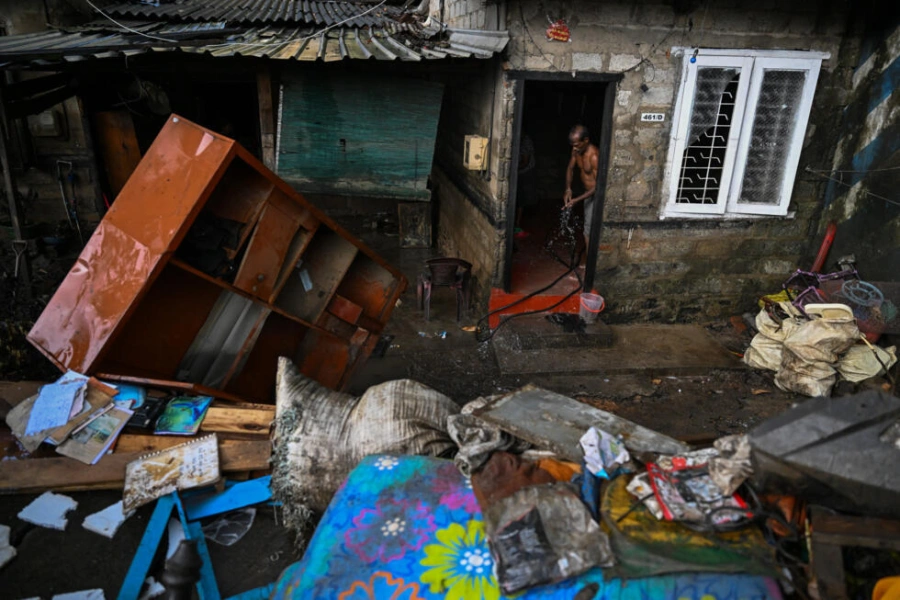As BoP, forex reserves and current account balance strengthened; interest rates, private sector lending and consumer price index improve marginally in the first seven months of current FY
KATHMANDU, March 11: While the external sector indicators of the country posted a notable comeback, the internal macroeconomic indicators showed slow but positive signs in the first seven months of the current fiscal year.
The ‘Current Macroeconomic and Financial Situation Report of Nepal’ unveiled by Nepal Rastra Bank (NRB) on Sunday, shows that Nepal is cushioned in the external economic indicators including foreign currency reserves, trade position and balance of payments (BoP), among others. Likewise, the inflation rate, interest rate and credit flow of banks, among other macroeconomic indicators have improved at a snail’s pace as of mid-February this year.
Nepal’s domestic economic growth remains sluggish despite exter...

According to the NRB’s report, the gross foreign exchange reserves increased 18.6 percent to US $13.89 billion, the historic high record, in mid-February 2024 from US $11.71 billion in mid-July 2023. As a result, the foreign exchange reserves are sufficient to cover the prospective merchandise imports of 14.7 months, and merchandise and services imports of 12.3 months. The ratio of reserves to the country’s GDP has reached 34.3 percent.
The current account remained at a surplus of Rs 161.69 billion in the review period against a deficit of Rs 40.16 billion in the same period of the previous year. The BoP also remained at a surplus of Rs 297.72 billion in the review period against a surplus of Rs 128.55 billion in the same period of the previous year.
Remittance inflows also increased 21.6 percent to Rs 839 billion during mid-July 2023 and mid-February 2024. In the last month alone, Nepal received remittance worth Rs 106 billion.
The merchandise imports decreased 2.3 percent to Rs.897.94 billion compared to a decrease of 19.9 percent a year ago. The merchandise exports also declined 7.1 percent to Rs 86.83 billion compared to a decrease of 29 percent in the review period.
On the other hand, the domestic indicators have shown mild improvement during the period. The year-on-year consumer price inflation was moderated to 5.01 percent compared to 7.88 percent a year ago. However, the food and beverage category inflation stood at 6.51 percent.
Similarly, the total revenue collection was up 10.2 percent to Rs 567.40 billion. In the review period last year, the revenue collection was down by 17.2 percent. The capital expenditure, however, posted dismal performance with a decline of 4.1 percent.
In the review period, the private sector lending of banks and financial institutions increased 4.1 percent to Rs 197.21 billion. The growth in the segment was only 3.2 percent in the same period last year.
With an improvement in the liquidity position of commercial banks, the base interest rate was moderated to 9.06 percent from 10.72 percent. Although the index of the secondary market remained fairly the same, the market capitalization improved to Rs 3,302.84 billion from Rs 3,061.96 billion.




































